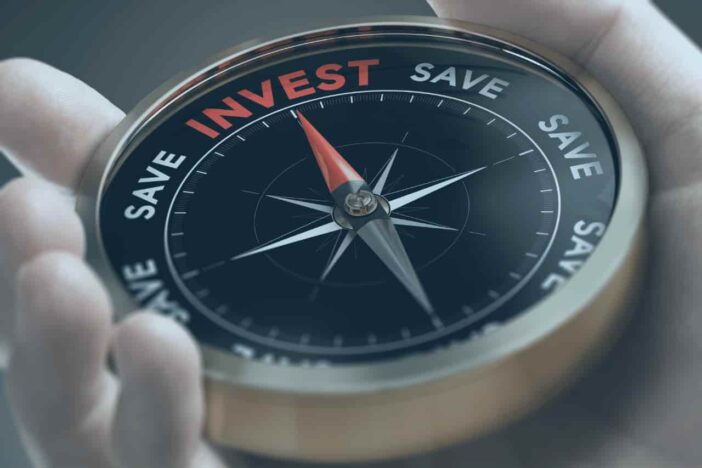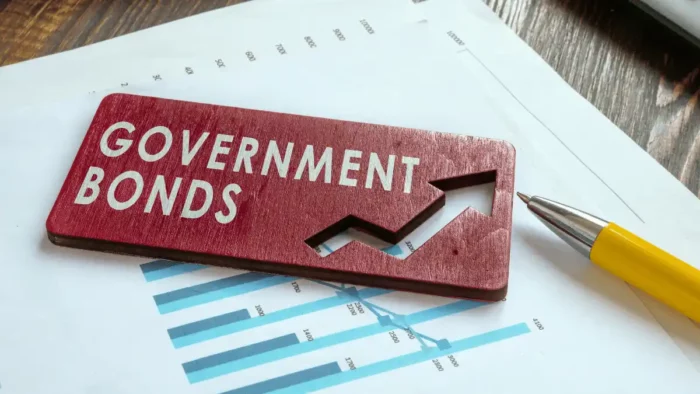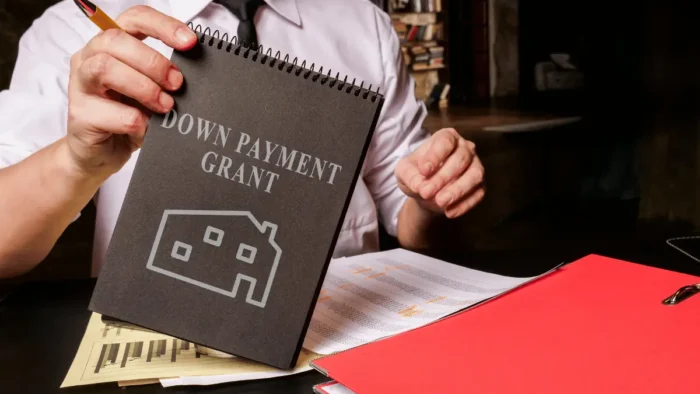Regardless of what you choose to work with as an investor, paper assets, physical commodities, the activity is risky and volatile. That’s merely part of the process, and clients understand this, with some playing high stakes and others keeping their investments on the conservative side.
Of course, typically, the greater the chance you take, the more likely you’ll make the most significant amount – or lose the most. Still, this is how investors play the market to achieve goals for their long-term retirement future.
Clients are adding an element to their strategies with precious metals, more specifically gold or silver IRA investments in the current landscape. While no one makes these a primary component in their retirement portfolio, the precious metals element means to strengthen the foundation.
In this way, there’s more flexibility in playing a bit more risk with wealth and having something to fall back on if the chance doesn’t pay off as anticipated.
It also allows some volatility from the market with a sense of security, knowing that silver IRAs and other precious metals can withstand a degree of economic downturn with the potential for increasing in value, or at least the history thus far has shown the likelihood for this.
Let’s look at investing a little bit closer and how precious metals fit in with the “gamble.”
What Makes A Good Investment Strategy
In the current investment landscape, clients are looking at adding silver IRAs and other precious metals to their retirement strategy to protect wealth and diversify what otherwise might be a paper-heavy portfolio. Click here to learn more.
Investing is almost like a “gamble” with a desire to select options that will pay off the most in the least amount of time. Unfortunately, most of these fall in the traditional paper classes that correlate with the market, so these portfolios feel it with substantial losses when there’s a financial hit.
It happened quite frequently over the last two decades alone. That means when these strategies move forward substantially; they usually take three steps back from the losses, generally with investors worrying how they’ll hit their goals with odds like those.
The answer many are finding help with today’s plans is using precious metal IRAs to diversify their holdings, so losses are balanced with a backup in the portfolio brought in to keep things stable when there is more turbulence.
These assets might carry their own set of risks and volatility, but they don’t correlate with the market, so investors with metals in their pocket don’t worry as much about the severe loss when there’s a crisis.
Still, how much gold or silver should a client put into their investment strategy. Let’s look here at creating a plan that works for your retirement future. Factors to actors consider with precious metals as an addition:
Factors When Considering Precious Metals IRAs For A Diverse Portfolio
Your specific financial circumstances will determine the number of precious metals you should set aside for your retirement strategy. Some investors might consider as great as 20%; quite a bit and should probably only be considered with an already robust portfolio.
Others might want to start with a minimum amount at perhaps only 1%. Check out a few factors that will help you consider how much will be sufficient for your specific retirement strategy.
Look at your current holdings
If you find that most of your holdings correlate with the market, it’s vital to consider a higher level of precious metals for our strategy. These serve in a hedge capacity against recession.
When you have a large number of holdings that are at risk for loss due to the economy, it’s essential to buffer those with assets outside the market.
Look at the economy’s strength
Assess the existing economic landscape in your area of the world to ensure strength. If you find it appears to be weak or becoming weak, it’s likely wise to look into a higher percentage of precious metals to hedge that weakness.
What is your risk tolerance
While silver and other precious metal prices have the potential for fluctuating and doing so rapidly, they have also retained a high level of value looking back over “human” history. In considering the facts, you need to determine your “risk tolerance,” which generally is achieved by diversifying.
When you analyze your holding and notice there is dominance by a specific investment class, it’s wise to heighten the diversity throughout the portfolio by choosing a precious metal like a silver IRA.
Do you hope for rapid returns
For those who want to see fast growth, precious metals will most likely be a disappointment for you. These are great for retirement strategies because it’s long-term investing and silver and gold gradually increase in time compared to their conventional counterpart assets.
Which precious metals are you focusing your efforts on
When determining how much precious metal you need to purchase, it’s vital to discern which metal you’re considering. Silver bullion is less expensive than gold, for instance, and can thus be bought in a larger supply than other precious metals.
Metals like platinum and gold come with a higher price point and are bought in smaller quantities.
The idea is to vary the types of precious metals you include in your holdings; you also want to consider each price trend for those you wish to have. In that way, you can decide if the strategy is directed to your risk tolerance level and expected returns plus how much you should buy of each.
Final Thought
Investing is relatively comparable to a game of high chance for which some investors often take too significant a risk, and others remain quite conservative, finding it a challenge to hit that ideal mark.
The primary thing to consider is that if you have a high level of holdings in only one class that correlates with the stock market, you’re at too great a risk for loss especially considering the turbulence it’s seen in such a small timetable. That means buying precious metals based on your portfolio’s strength.
You don’t want to turn the tables and have a majority of precious metals, either. Then you’ll be lopsided in the other direction. You want to create a healthy balance with no more significant than perhaps 5 to maybe 15% in precious metals and the rest in standard assets, or so that’s what seasoned investors and their knowledgeable financial advisors seem to suggest. If they’re going strong, they must know a thing or two.





